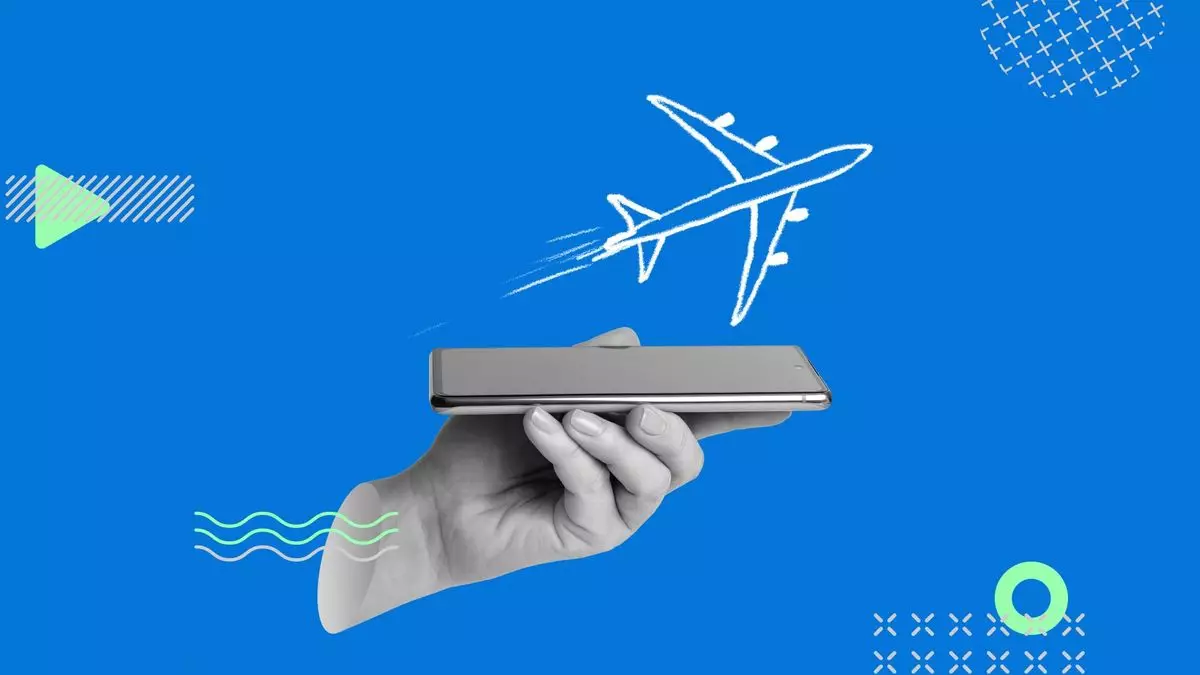The travel industry is experiencing rapid transformation, notably through the implementation of the New Distribution Capability (NDC) by airlines such as United. United’s recent launch of NDC version 10.9 marks a significant evolution in how ticketing and ancillary services are managed. Notably, travel management companies (TMCs) are at the forefront, analyzing and adapting these upgrades to better serve their clients. The implications of these technological advancements extend beyond simple price cuts; they symbolize a paradigm shift in customer service, efficiency, and overall travel experience.
The Significance of “Tie-Goes-to-NDC Day”
Jeff Klee, CEO of AmTrav, coined the term “Tie-Goes-to-NDC Day” to encapsulate a critical milestone for United. This phrase represents the moment when an NDC-enabled ticket’s price aligns with a traditional GDS ticket, pushing travel planners to choose NDC for its superior offerings rather than merely dealing with cost differentials. This principle underscores the exciting potential of the NDC model, where benefits such as streamlined workflows take precedence over price. The excitement that comes with this shift signals a new era of travel planning where efficiency, service, and adaptability align as crucial metrics for success.
New Functionality That Enhances User Experience
United’s NDC 10.9 has introduced groundbreaking functionalities that significantly enhance user experience, particularly for TMCs. One of the standout features is the ability to exchange tickets purchased through legacy platforms for those acquired via NDC. Moreover, customers can now apply unused ticket credits seamlessly, allowing for greater flexibility during the booking process. Previously cumbersome systems required decision-making too early in the ticketing flow, causing inconvenience for travel advisors. These adjustments are not just minor tweaks; they align directly with the expectations of contemporary corporate clients.
The flexibility to approve bookings and handle ticketing in a manner that suits the corporate environment enhances the overall productivity of TMCs. This is particularly crucial in a corporate travel context where last-minute changes are commonplace, requiring rapid adaptability. Such enhancements clearly demonstrate United’s commitment to maintaining relevance in a fast-evolving market.
Service Gaps and Continuous Improvement
Despite the advancements, Klee pointedly identifies existing gaps within United’s NDC offerings. A significant concern revolves around the handling of exceptions, which can still prove problematic. As these anomalies arise within ticketing rules, the absence of a defined pricing mechanism compared to the legacy Edifact system is glaring. While Christensen believes the number of functionality gaps in the NDC framework is limited, he acknowledges that certain critical aspects remain unoptimized. Furthermore, the unanticipated hiccups in functionality do serve as reminders of the complexities involved in transitioning to a cutting-edge technology framework.
However, these challenges present an opportunity for further enhancement. The next iteration of United’s NDC plans to introduce automated name change capabilities, which would be a milestone triumph for corporate travel management. Acknowledging and addressing existing hurdles is crucial for fostering trust and reinforcing relationships with travel advisors who rely on these technologies.
The Limitations of Current Technology Providers
Despite the recent technological strides, not all travel advisors and agencies can exploit NDC’s full potential. Depending on their technology stack, the available capabilities differ significantly across systems. Industry experts like Peter Vlitas underscore this inequality; while AmTrav’s direct connections enable them to harness NDC advantages effectively, most agencies relying on GDS structures face limitations in their ability to fully leverage NDC. The varied functionality across providers only deepens the divide within the industry.
Sabre and Amadeus, two of the industry’s major GDS players, have made claims about their robust capacities for handling United’s NDC content; however, tangible user experience may still fall short of expectations. The question looms: will the GDSs adapt swiftly enough to compete with the more agile and technologically forward TMCs?
The Path Forward: Embracing Technological Change
The travel industry is not just witnessing a change; it’s embroiled in a technological revolution that demands an immediate response from all involved players. United’s innovative approach with NDC is both a challenge and an opportunity: agencies need to evolve and adopt new systems if they wish to thrive in this competitive landscape. The key takeaway from United’s NDC developments is the emphasis on service improvement rather than solely focusing on pricing strategies.
As consumers become increasingly accustomed to instantaneous service, travel companies must pivot quickly to offer seamless experiences. United’s strides with NDC reflect a commitment to transparency and efficiency—principles that should be embraced by the entire travel ecosystem. Embracing these changes now will shape the future, ensuring that both travel advisors and customers gain access to the best benefits of modern travel technology.


Leave a Reply